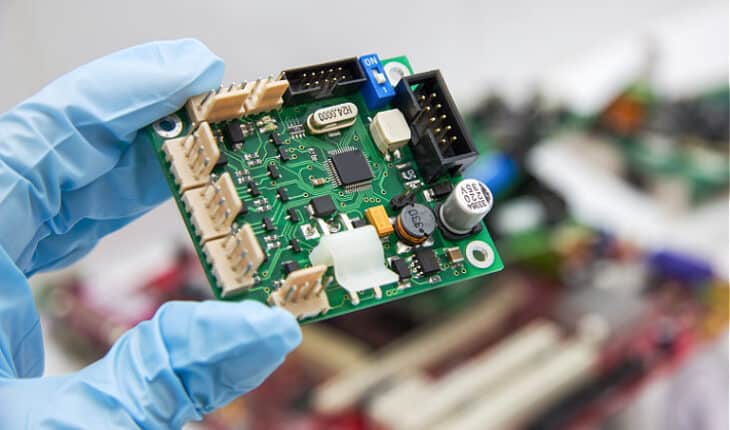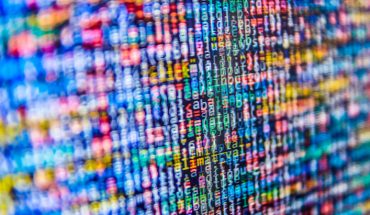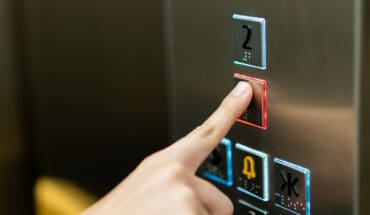Medical technology (also known as MedTech) is growing at a rapid pace as innovative startups and industry stalwarts alike find new and interesting ways to harness technology. Several innovations are driving these advances, though one of the most noteworthy is printed circuit boards (PCBs) and the software used to create them.
PCB software is a type of computer-aided design (CAD) software that is used in the creation and manufacture of electronic circuits. While it may not seem immediately obvious, PCB software is playing a crucial role in streamlining healthcare across the world. Here’s how.
Medical imaging devices
PCBs are used within practically all electronic medical imaging devices found in hospitals and surgeries. Ultrasound, MRI, and CT scanning machines are all critical pieces of technology that are needed to help diagnose and track patients’ health.
In an MRI scanner, for instance, PCBs are needed to drive the magnetic coils, control the scanner’s RF signal, and for processing, imaging, data storage, amplification, and display.
Telemedicine
Telemedicine – the provision of healthcare remotely via connected technologies – has grown exponentially, with one 2021 McKinsey study finding its use had grown 38 times compared to before the pandemic.
There are a range of use cases for telemedicine. Patient portals that let patients contact their healthcare providers and view medical records. Personal health apps which can provide even greater accessibility to healthcare information via a smartphone. And remote monitoring of patients via devices which monitor various vital signs.
Electronic health record keeping
Most healthcare providers store patient medical records electronically nowadays, using PCB-based computer systems to do so. With these sorts of record systems, doctors and patients can instantly pull up medical data to improve the speed of diagnosis and treatment – wherever they might be.
Wearable devices
Fitness trackers and smartwatches may have started out as devices primarily used by wealthy tech lovers, but falling prices have meant that healthcare providers are now using them within their remote healthcare approaches.
PCB-packed wearable medical devices can track not just steps taken and heart rate, but blood sugar, blood oxygen, and medication levels. This data can either be analysed by a doctor at the patient’s next assessment or tracked remotely, with spikes in condition data setting off alerts for healthcare providers.
These can be used to then plan and prioritise treatment faster than if the patient had to book and attend a physical appointment with a doctor, preventing their health from getting worse, and the care required from getting more expensive and complex.
As we have seen, there are countless uses for PCBs in the MedTech space. How do you think they will be innovatively used within healthcare in the future? Let us know your thoughts in the comments below.
- Gut microbiome could delay onset of type 1 diabetes - 3rd April 2025
- The da Vinci 5 Robot Is Set To Transform Bariatric Care: - 31st March 2025
- Beyond money: the hidden drivers fuelling child food insecurity - 31st March 2025






